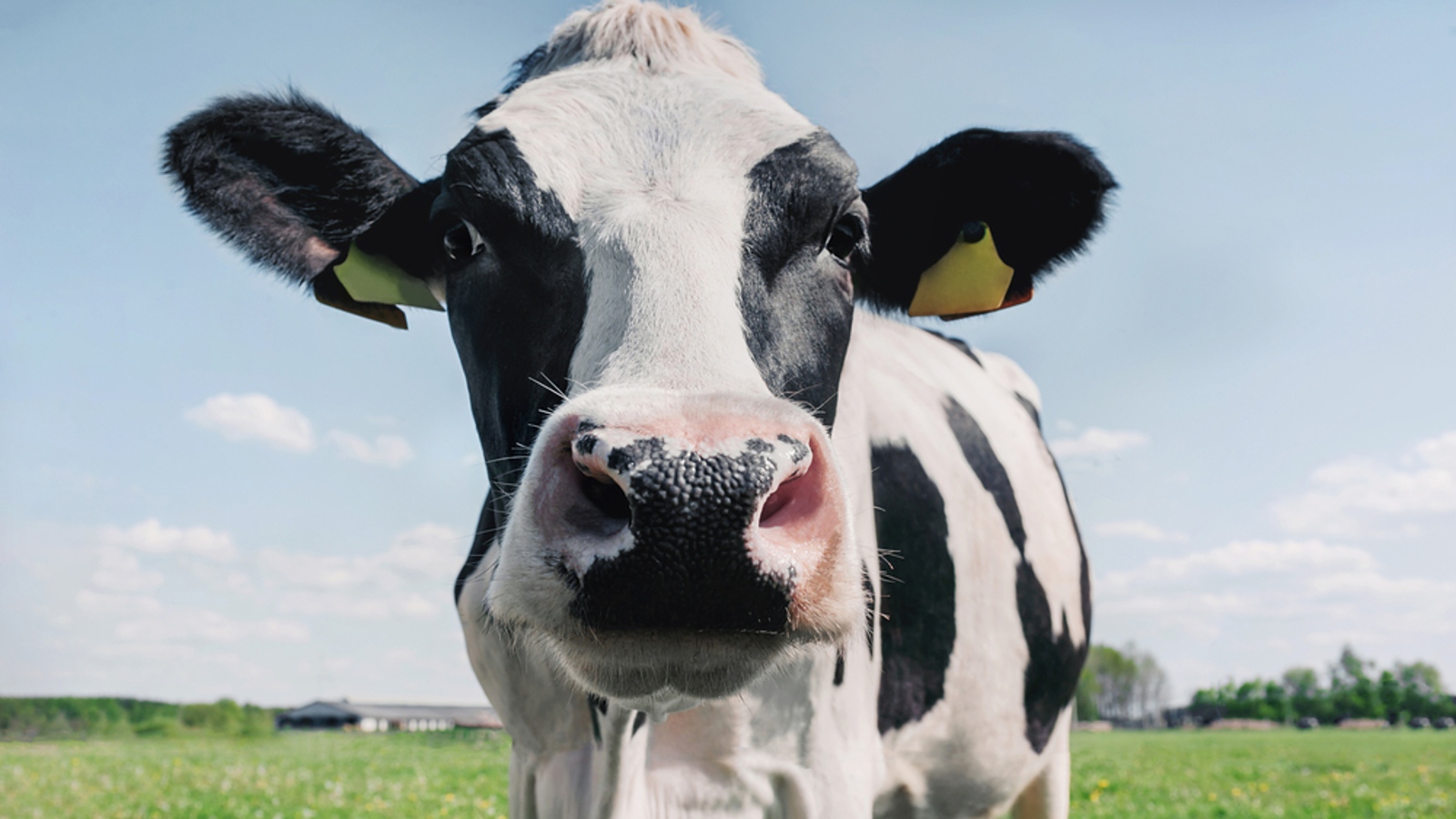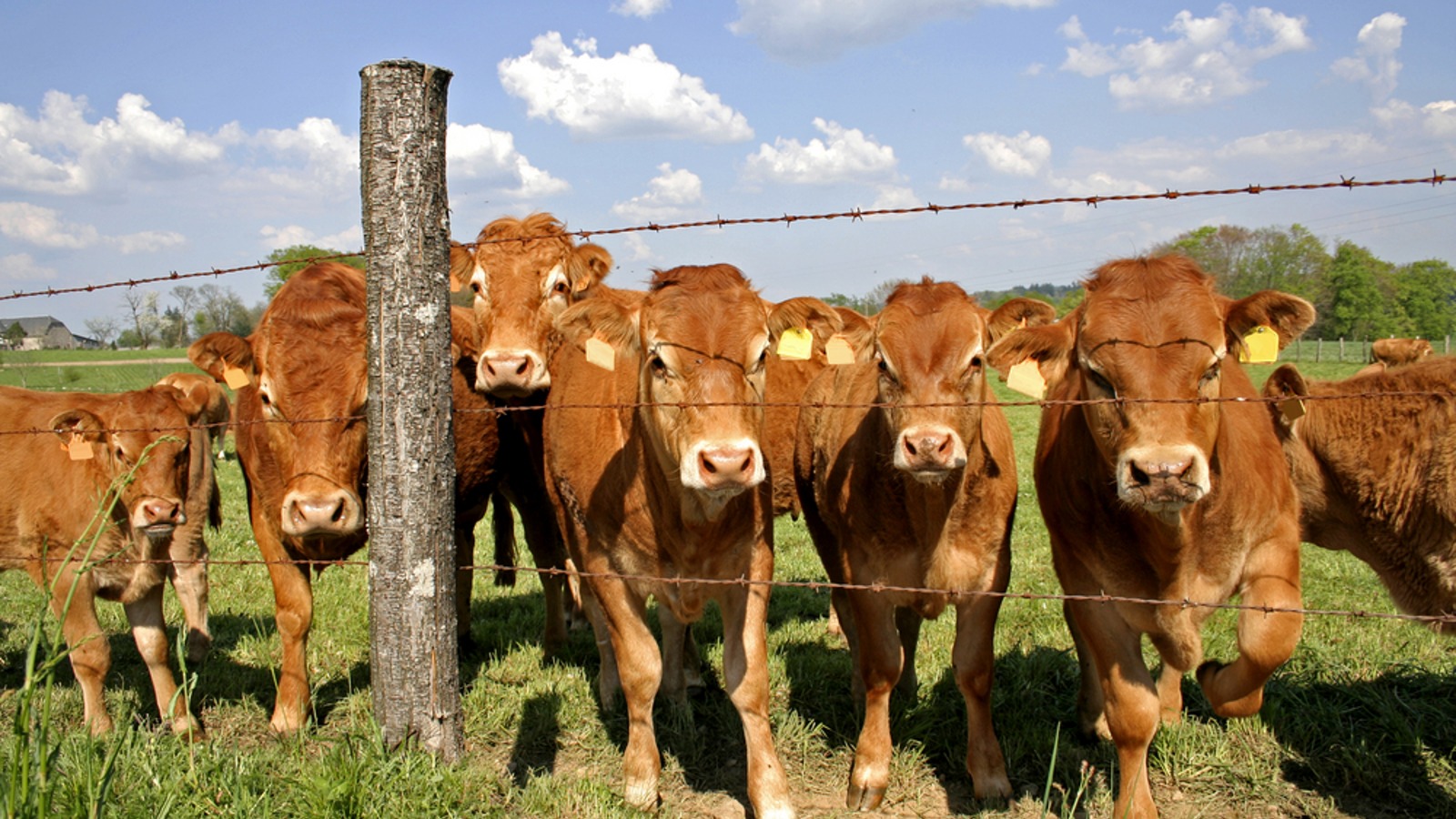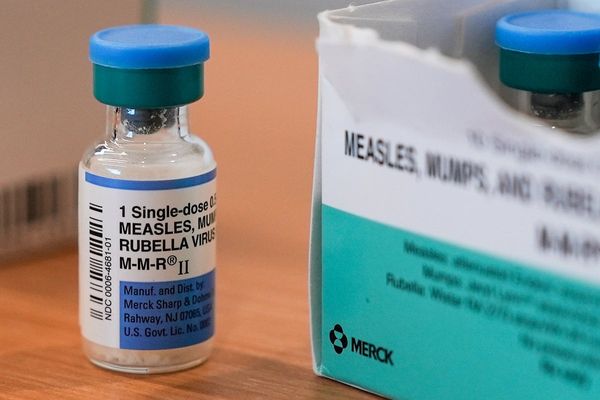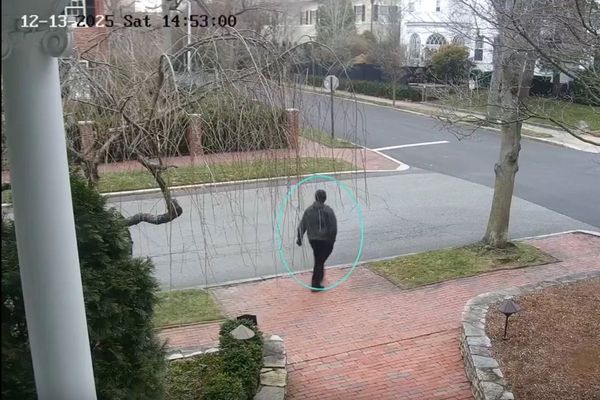
A rare case of mad cow disease, also known as bovine spongiform encephalopathy (BSE), has been detected at a slaughter plant in South Carolina but poses no threat to humans or other cattle. It is only the seventh confirmed case of the extremely deadly disease ever recorded in the U.S.
Officials from the U.S. Department of Agriculture (USDA) announced the discovery in a statement released May 19. A 5-year-old beef cow belonging to a herd from Tennessee tested positive for BSE after being deemed unfit for slaughter and undergoing routine testing.
"This animal never entered slaughter channels and at no time presented a risk to the food supply or to human health in the United States," USDA representatives wrote in the statement. An investigation into the exact cause of the infection is ongoing, but it is likely an isolated case, they added.
BSE is a progressive neurological disorder of cattle caused by proteins called prions; prions are found on the surface of cells, but in diseases like mad cow, these proteins fold abnormally and can cause other, healthy prions to do the same. In BSE, the prions affect proteins in the brain and central nervous system, causing a range of symptoms, including behavioral changes, coordination problems, weight loss, decreased milk production and eventually, death, according to the USDA.
There are two forms of BSE: classical BSE, which develops when a cow ingests infected material, such as meat or bone meal, made from an infected cow in their feed; and atypical BSE, which develops spontaneously in older cattle. The recently diagnosed cow had atypical BSE, which poses less of a concern for animal welfare officials.
Related: Cows fed hemp act stoned and produce milk containing THC

There are two forms of BSE: classical BSE, which develops when a cow ingests infected material, such as meat or bone meal, made from an infected cow in their feed; and atypical BSE, which develops spontaneously in older cattle. The recently diagnosed cow had atypical BSE, which poses less of a concern for animal welfare officials.
Atypical vs. classical BSE
Both classical and atypical BSE are caused by prions, but each of the two forms has a unique prion structure and is triggered in different ways.
Classical BSE was first discovered in 1986 in the U.K.. The BSE outbreak peaked there in January 1993, when cases spiked to around 1,000 a week, according to the Centers for Disease Control and Prevention.
Scientists eventually discovered that the prions were being transmitted through the cows' feed, which contained infected brain and spinal tissues left over from the butchering of the animals. In 1997, the U.S. Food and Drug Administration (FDA) banned the use of use of ruminant — a group of hoofed, herbivorous grazing mammals that includes cattle, bison, goats, sheep and deer — protein in feed for other ruminants, and it later prohibited the use of certain high-risk cattle tissues in feed for all animals, according to the USDA.

Atypical BSE appears to sometimes form spontaneously in cattle that are normally older than 8 years, which makes the disease's emergence in a 5-year-old cow unusual. It is currently unclear what triggers atypical BSE.
It can take three to six years for the symptoms of either BSE form to appear after infection, and there is currently no cure or vaccine for the disease, according to USDA.
Can humans get mad cow disease?
Humans cannot get BSE directly, but they can develop a similar and equally deadly type of prion disease known as Creutzfeldt-Jakob disease (vCJD) by eating food products made from infected cattle. vCJD causes symptoms similar to BSE and also results in death. However, it is extremely rare. As of 2019, only 232 people worldwide have ever been diagnosed with vCJD, according to the FDA.
In an unusual case, a lab technician in France died in June 2019 from vCJD after accidentally injecting herself with BSE prions through her protective equipment as she was studying the disease in 2010.
The World Organisation for Animal Health recognizes the U.S. as having negligible risk for BSE, and this new case will not change that, USDA representatives wrote.







